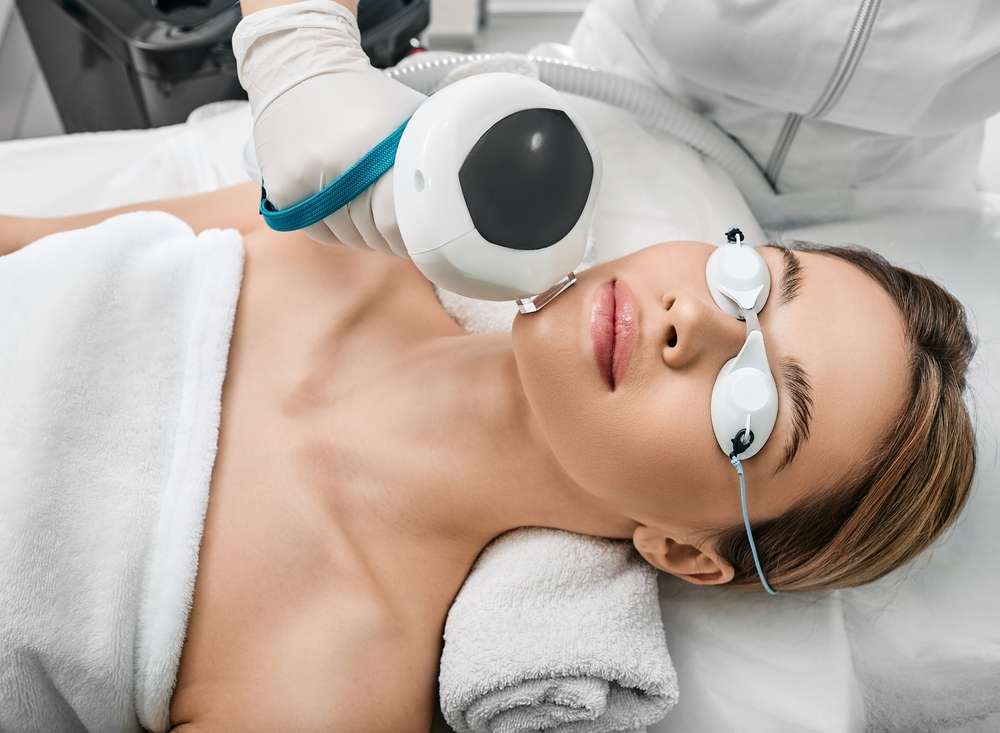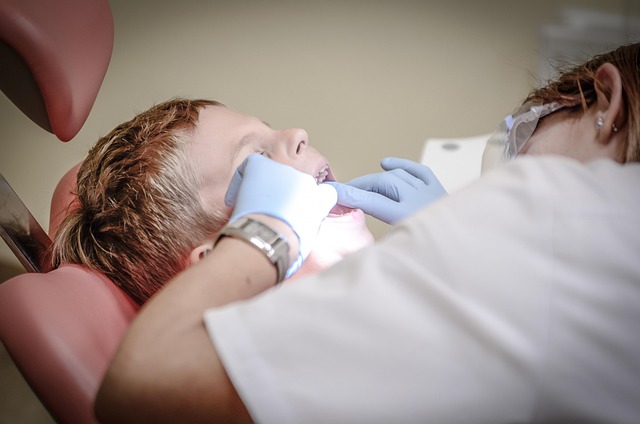Popular Non-Surgical Laser and Light Treatments Explained
Non-surgical laser and light treatments have revolutionized cosmetic medicine, offering effective solutions for various skin concerns without the need for invasive procedures. These advanced technologies use specific wavelengths of light energy to target different skin issues, from wrinkles and age spots to unwanted hair and acne scars. Understanding these treatments can help you make informed decisions about your aesthetic goals while minimizing downtime and surgical risks.

Understanding How Laser and Light Treatments Work
Laser and light-based treatments operate on the principle of selective photothermolysis, where specific wavelengths of light target particular skin components. Different lasers emit various wavelengths that are absorbed by specific chromophores in the skin, such as melanin, hemoglobin, or water. For example, intense pulsed light (IPL) uses broad-spectrum light to target multiple skin concerns simultaneously, while fractional lasers create microscopic treatment zones to stimulate collagen production and skin renewal.
The energy absorbed by target tissues converts to heat, which either destroys unwanted cells or stimulates the body’s natural healing response. This process triggers collagen remodeling, cellular turnover, and tissue regeneration, leading to improved skin texture, tone, and appearance over time.
Common Conditions Addressed by Non-Surgical Procedures
Non-surgical laser treatments effectively address numerous skin concerns across different age groups. Sun damage, age spots, and hyperpigmentation respond well to IPL and Q-switched lasers, which break down excess melanin deposits. Fractional CO2 and erbium lasers excel at treating acne scars, fine lines, and wrinkles by promoting deep skin renewal.
Vascular lesions, including spider veins, broken capillaries, and rosacea, are successfully treated with vascular-specific lasers like pulsed dye lasers. Hair removal remains one of the most popular applications, with diode and alexandrite lasers providing long-lasting results on various skin types. Additionally, newer technologies address skin laxity, enlarged pores, and uneven skin texture through radiofrequency and ultrasound-based treatments.
Benefits and Considerations of Light-Based Treatments
Light-based treatments offer significant advantages over traditional surgical procedures, including minimal downtime, reduced infection risk, and the ability to return to normal activities quickly. Most patients experience only mild redness and swelling that resolves within days. These treatments can be precisely controlled, allowing practitioners to customize intensity and depth based on individual skin types and concerns.
However, multiple sessions are typically required for optimal results, and outcomes may vary depending on skin type, age, and the specific condition being treated. Some treatments may cause temporary hyperpigmentation, particularly in darker skin tones, making proper practitioner selection crucial. Realistic expectations are essential, as results develop gradually over weeks to months as the skin naturally renews itself.
Safety Profiles and Risk Factors for Non-Surgical Laser Procedures
When performed by qualified professionals, non-surgical laser procedures maintain excellent safety records. Common side effects include temporary redness, swelling, and mild discomfort similar to a sunburn sensation. More serious complications, though rare, can include burns, scarring, or pigmentation changes when treatments are performed incorrectly or on unsuitable candidates.
Pre-treatment consultation is essential to assess skin type, medical history, and current medications. Certain conditions, such as active infections, pregnancy, or recent sun exposure, may contraindicate treatment. Patients taking photosensitizing medications or those with darker skin tones require special consideration and modified treatment protocols to minimize risks.
Insights from Experts on Advancements in Laser Technology
The field of aesthetic laser technology continues advancing rapidly, with newer devices offering improved safety profiles and enhanced results. Picosecond lasers represent a significant breakthrough in tattoo removal and pigmentation treatment, delivering ultra-short pulses that shatter target particles more effectively than traditional nanosecond devices.
Combination therapies are becoming increasingly popular, where multiple technologies are used in single sessions to address various concerns simultaneously. Artificial intelligence integration is emerging in some systems, helping practitioners optimize treatment parameters based on individual skin analysis. Experts emphasize the importance of staying current with technological advances while maintaining focus on proper patient selection and realistic outcome expectations.
| Treatment Type | Average Cost Range | Sessions Needed | Downtime |
|---|---|---|---|
| IPL Photofacial | $300-$600 per session | 3-5 sessions | 1-3 days |
| Fractional CO2 Laser | $1,000-$2,500 per session | 1-3 sessions | 5-10 days |
| Laser Hair Removal | $200-$800 per session | 6-8 sessions | Minimal |
| Q-Switched Laser (Pigmentation) | $400-$800 per session | 3-6 sessions | 3-7 days |
Prices, rates, or cost estimates mentioned in this article are based on the latest available information but may change over time. Independent research is advised before making financial decisions.
Choosing the Right Treatment for Your Needs
Selecting appropriate laser or light treatment requires careful consideration of your specific concerns, skin type, lifestyle, and budget. Consultation with board-certified dermatologists or plastic surgeons experienced in laser treatments is crucial for proper assessment and treatment planning. They can evaluate your skin condition, discuss realistic expectations, and recommend the most suitable technology for your goals.
Consider factors such as treatment cost, required number of sessions, expected downtime, and potential risks when making your decision. Some conditions may respond better to certain laser types, while others might benefit from combination approaches or alternative non-laser treatments.
Non-surgical laser and light treatments offer remarkable opportunities to improve skin appearance and address various cosmetic concerns with minimal invasiveness. As technology continues advancing, these procedures become increasingly effective and accessible. However, success depends heavily on proper practitioner selection, realistic expectations, and following appropriate pre- and post-treatment care protocols. By understanding how these treatments work and what to expect, you can make informed decisions about incorporating laser and light therapies into your aesthetic care routine.
This article is for informational purposes only and should not be considered medical advice. Please consult a qualified healthcare professional for personalized guidance and treatment.




